Sustainable product repair and restoration services allow companies to develop a new service offering in the market, in accordance with the principles of the circular economy.
By offering this new type of services, companies encourage the recirculation of goods instead of the production of new ones, providing a tangible response to the importance consumers and institutions place on sustainability.
To accomplish this, companies must rely on firms with the right competencies to avoid the pitfalls of greenwashing. Keep reading to learn more: at HENRY & CO., with our experience in ecodesign, we will provide you with all the answers!
1. Sustainable restoration and repair services: what are they?
1.1. What is the difference between restoration and repair services?
Sustainable services are those designed to be low-impact, both environmentally, socially, and economically, in line with the three pillars of sustainability. Their design is inspired by the typical logics of the circular economy, such as leasing, reuse, repair, recycling, etc.
Among these are the product repair and restoration services, which companies can adopt to promote sustainable and conscious consumption practices in line with new consumer trends. On this topic, it is important to distinguish between restoration and repair:
- Restoration services, which primarily develop in the real estate, furnishing, and automotive sectors, make it possible to give new life to worn but still usable goods, while also increasing their value;
- Repair services, on the other hand, allow broken items to be restored to functionality and offer growth opportunities for companies in any industry: electronics, furniture, clothing, etc. Alongside these, the refurbished market should also be mentioned, based on regenerating products so that they have the same appearance and function as new ones, as seen in the electronics field.
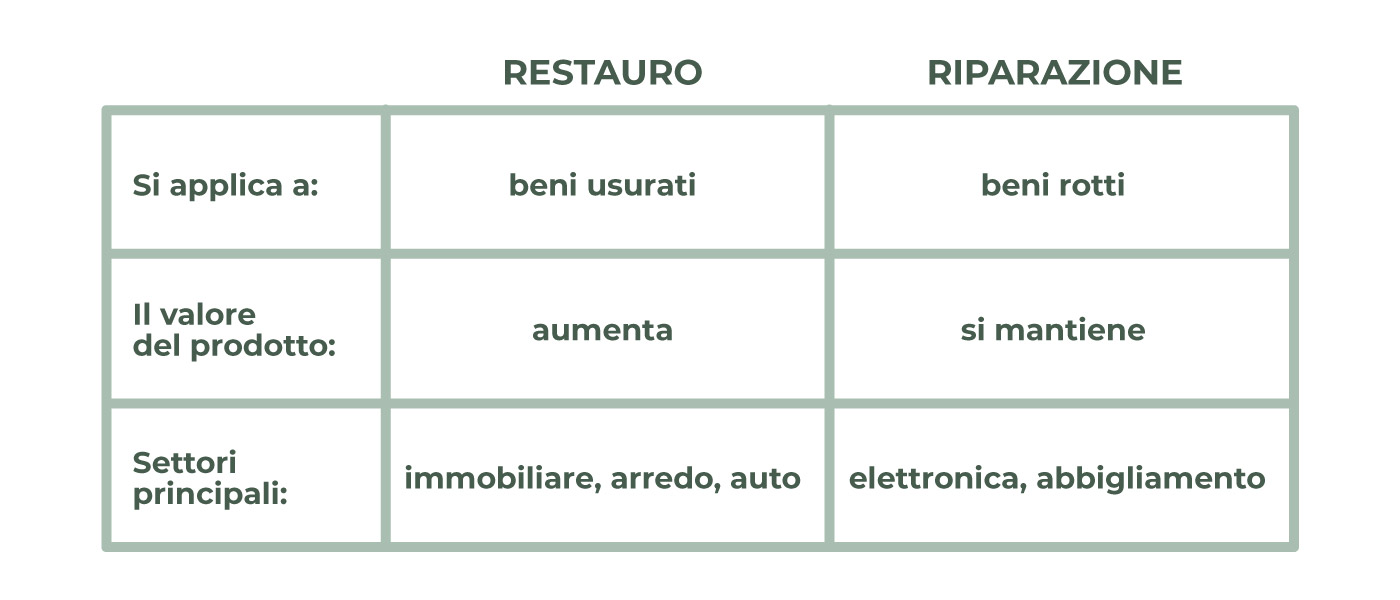
1.2. What does reparability mean in sustainable product design?
To encourage the use of sustainable repair and restoration services, companies must ensure that products are easily repairable without the maintenance process compromising their utility, efficiency, or aesthetics. Sustainable design that considers reparability as a central criterion must become the norm over planned obsolescence, to extend the life of goods and discourage their replacement.
1.3. What are the benefits for companies?
The benefits that companies can obtain by adding sustainable repair and restoration services to their offering include:
- Long-term relationship with consumers, who see companies as a reference point both for acting sustainably and for safeguarding goods that may have sentimental value;
- Reduction of waste, pollution, and resource waste and limiting the use of natural resources, which are already depleting, towards more sustainable production and consumption practices;
- Promotion of sustainable practices in the long run both within organizations, which are properly equipped to offer repair services to consumers, and among individuals, playing a leading role in the transition to a circular economy;
- Improvement of the brand image and credibility of companies that operate responsibly from an environmental, social, and economic point of view.
To reap all the benefits derived from a service designed to be sustainable, don’t leave anything to chance and rely on competent partners: at HENRY & CO., we can support you in every phase! Contact us to learn more!

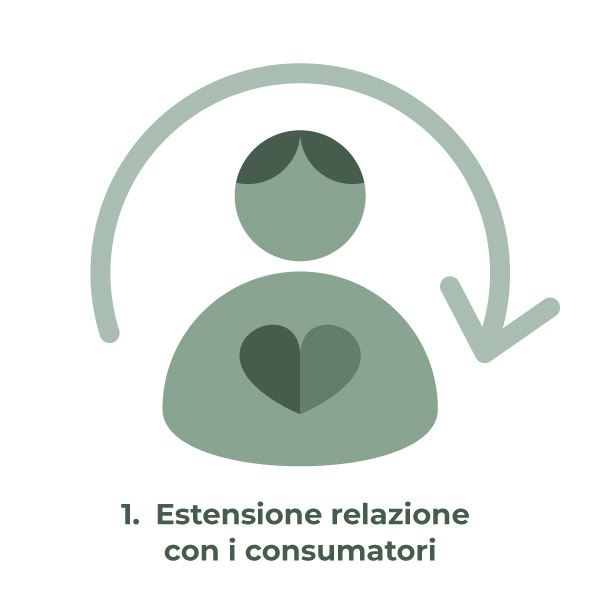

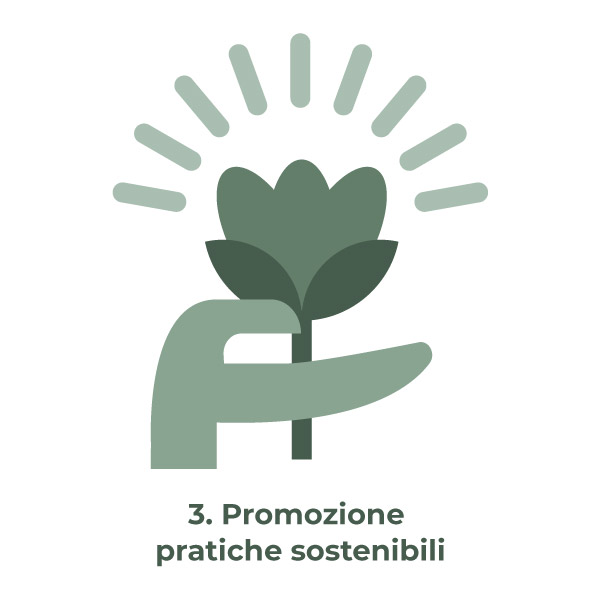
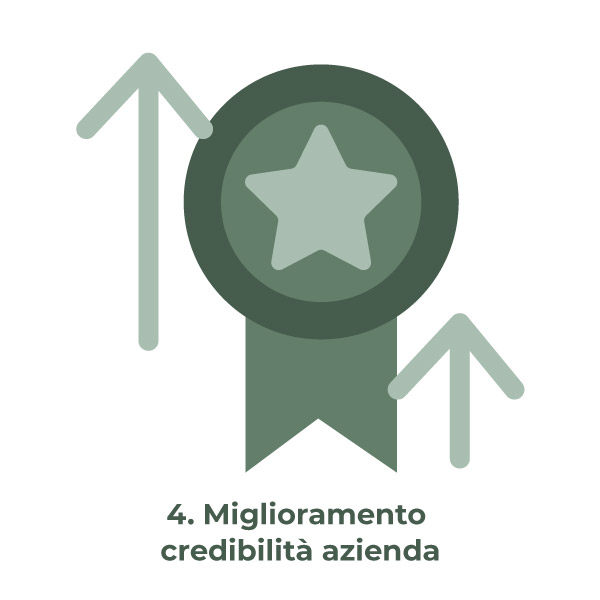
2. What does Europe say about the right to repair?
Repair services and product reparability are also key concepts related to the right to repair under the European Green Deal. The goal of the European Commission’s proposal is to encourage sustainable consumption practices and habits that promote recovery and maintenance of goods rather than their replacement.
Recognition of the right to repair will lead to a necessary adaptation in the organizational structures of manufacturers and retailers to meet consumer demands. Within the two-year legal warranty, consumers will have the right to obtain repairs when repair costs are lower than or equal to replacement costs, potentially leading to savings of approximately 15.6 billion euros over the next fifteen years for retailers and manufacturers.
When the legal warranty expires, consumers will have access to more transparent and less costly repair solutions.
Another goal of the European Commission in this context is to encourage the repair sector, for example, by creating national platforms that connect consumers and repairers and by defining a European repair standard to identify high-quality repair service providers.
3. Sustainable service design in product repair and reparability: what is Decathlon’s strategy?
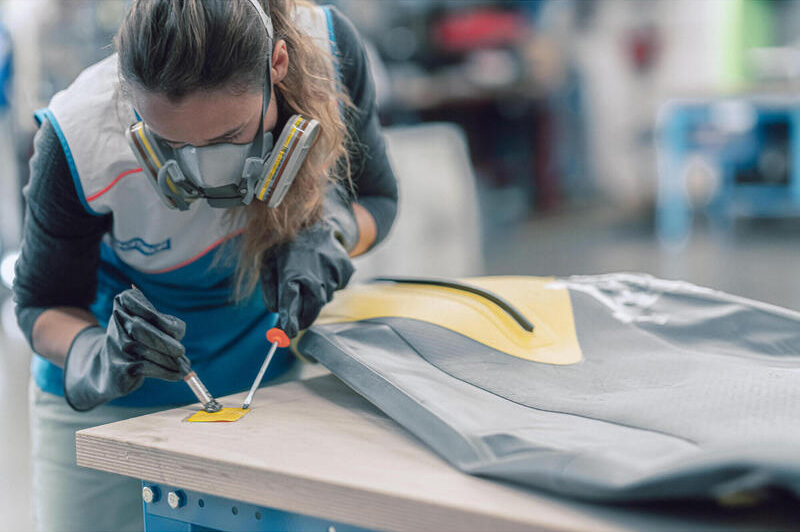
Decathlon’s environmental sustainability strategies, aimed at “making sports accessible to as many people as possible in a responsible way,” are based on the three R’s of the circular economy (reduce, reuse, recycle), to which the company adds a fourth, which is to repair. Indeed, their offering includes repair and maintenance services.
In this area, Decathlon expands its range of repairable products year by year and provides customers with repair and maintenance services through its workshops, more than four thousand spare parts and video tutorials to perform repairs independently. The ultimate goal is to extend product life, minimize the use of limited resources, and promote practices such as recovery, reuse, and recycling among consumers.
4. How does HENRY & CO. help develop your repair or reparability offering?
The integration of repair services and reparability principles into product design is a choice that offers companies opportunities for innovative and sustainable growth. To fully exploit this growth potential, organizations should rely on experts in sustainable service design and industrial design to avoid hasty decisions and superficial tactics.
If this is the area where you’re thinking of developing your business, HENRY & CO. supports you at every stage of designing your offer to make it sustainable and competitive in the market!
